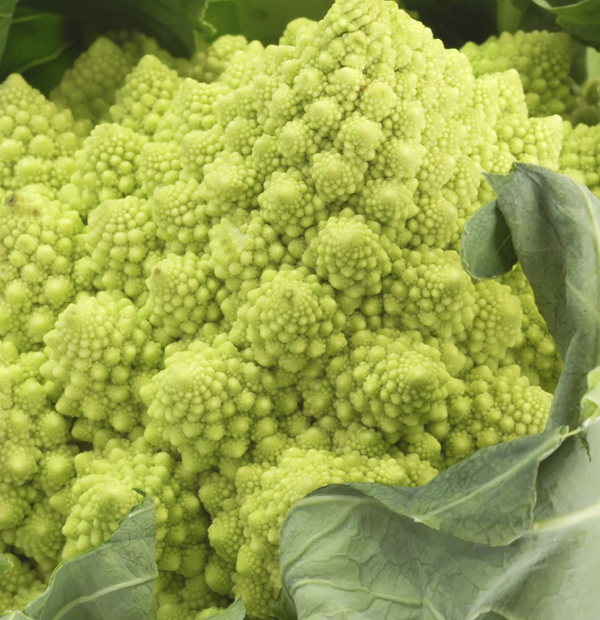 By Char Vandermeer
By Char Vandermeer
By mid-August, you probably know what works in your garden and what doesn’t. But fall is falling and seed catalogue season is a long ways away—this can lead to a case of the late summertime blues.
Well, buck up little farmer! You’re actually heading into a whole new growing season. For those with limited space, late August and September is the time to pull the plug on mildewy cucumbers, peaked beans and those near-finished determinate tomatoes. Be ruthless. It’s okay—there’s more to grow. Get ready for lettuce, radishes, greens, kale, carrots, parsnips, kohlrabi and broccoli.
Lettuce and radishes are easy, and you might even squeeze in a couple seedings and harvests before the first frost falls (generally early November, but who knows these days). Just push the seeds about a quarter-inch into the ground, cover and wait. Harvest the outer leaves of your lettuce first, and after a week or so, the inner leaves will flourish and you’ll have another full harvest waiting. Radishes will poke their heads out of the earth, advertising their readiness. Give Long Scarlets a try; the five- to seven-inch magenta tubers are pretty stunning.
Kale is another delightful addition to the kitchen come November. Seeds should be planted about a half-inch deep in late August. Harvest the leaves a couple months later when they turn a deep, dark green. Winterbor is a delicious, curly leaf variety, and tastes even better after a light frost. Mulch them well and you’ll be enjoying fresh kale well into the winter.
Since carrots benefit from nutrients left in the soil by tomatoes, they are a good choice for vacant tomato pots. The same can be said for parsnips, which don’t require particularly rich soil and manage quite well in partial sun—something many backyard and roof deck gardeners endure late in the season. Last year, a crop of javelins (a hybrid known for its slender root and hardiness) took 135 days to mature, but tasted like white gold by the end of December. They survived freezing temperatures and the first of two blizzards.
Unlike parsnips, kohlrabi requires fertile soil and full sun, but the ugly brassica is edible from tip to stem. In mid-September, seed at a depth of half an inch, with about six inches between plants. Harvest them a couple months later when the leaves and stems are tender and the bulb is two- to three-inches wide.
Broccoli and cauliflower are fine, but why not give the wonderful, lime green, fractal-shaped romanesco a go? Best planted in late August, this showstopper needs some growing room, so large containers are your safest bet. Odds are you’ll harvest an adorable brocco-cauli-nesco cone head by the beginning of November.
So, feeling better about fall?


